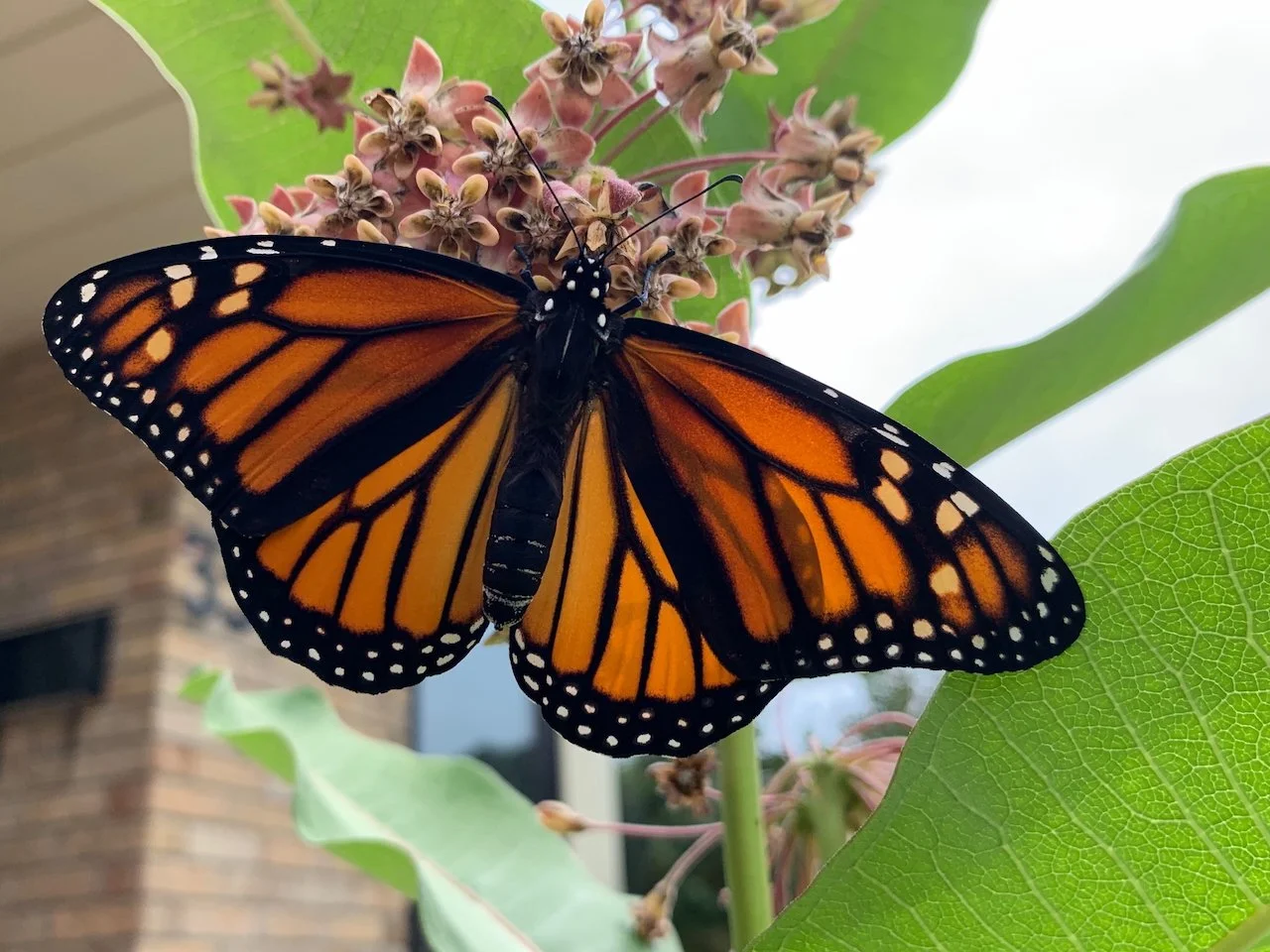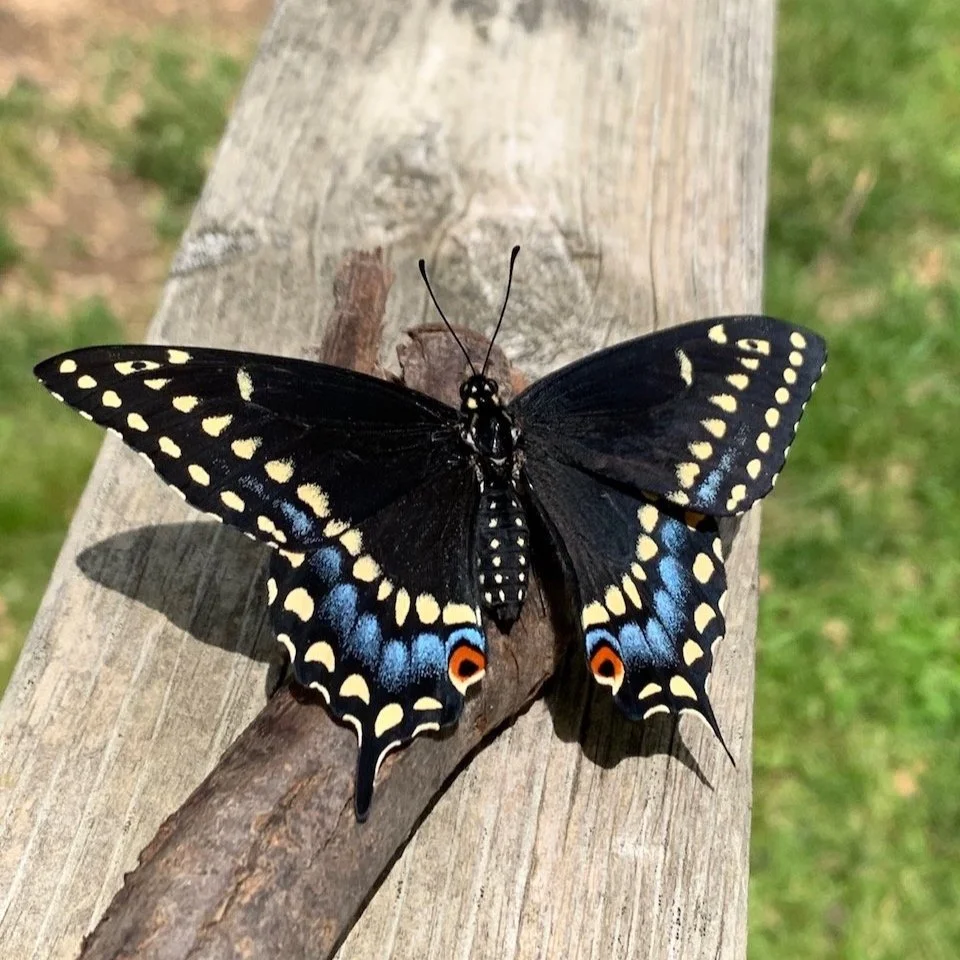
Small Carpenter Bee
Meet the Small Carpenter Bee (Ceratina species)—a tiny, metallic marvel that breathes life and vitality into your garden. With their shimmering black or blue-green sheen, these bees are dazzling, industrious workers that thrive during the warmer months.

Squash Bee
The Squash Bee (Peponapis pruinosa) is a welcome addition to any garden. If you plan on growing zucchini, pumpkins, or any other squash (Cucurbita) plants, it’s time to get acquainted with this special pollinator!

Dunning’s Miner Bee
Love is in the air—and in the soil! 🐝💛 Dunning's Miner Bees (Andrena dunningi) pair up in early spring, ensuring the next generation of these essential pollinators. A fleeting moment of romance before the real work begins!

Monarch Butterfly
Each autumn, a seemingly fragile insect embarks on one of the most epic migrations on Earth. The monarch butterfly (Danaus plexippus) defies expectations, traveling thousands of kilometres and spanning multiple generations. All without a GPS or return ticket! But their journey isn’t just remarkable; it’s vital. And you, dear gardener, can play a role in their success!

Eastern Black Swallowtail
In the quiet of a summer morning, you might catch a flicker of black and blue darting low across your garden beds. It’s not a shadow, it’s the Eastern Black Swallowtail (Papilio polyxenes), a native butterfly with a flair for drama and a taste for parsley or any other plant from the carrot family.

The American Lady
The American Lady (Vanessa virginiensis) is a dazzling sight across Ontario during the warmer months, fluttering low over meadows and garden beds with vibrant wings and whimsical charm. Though often mistaken for its more famous cousin, the Painted Lady (V. cardui), this butterfly carries its own fascinating story filled with transformation, migration and ecological magic.

Cuckoo Wasp
Nature has a knack for crafting creatures that seem almost too dazzling to be real. One such marvel is Chrysis angolensis, a cuckoo wasp that blends mesmerizing iridescence with a parasitic lifestyle. Found across the world, this insect isn’t just a spectacle of colour - it’s a master of survival.
